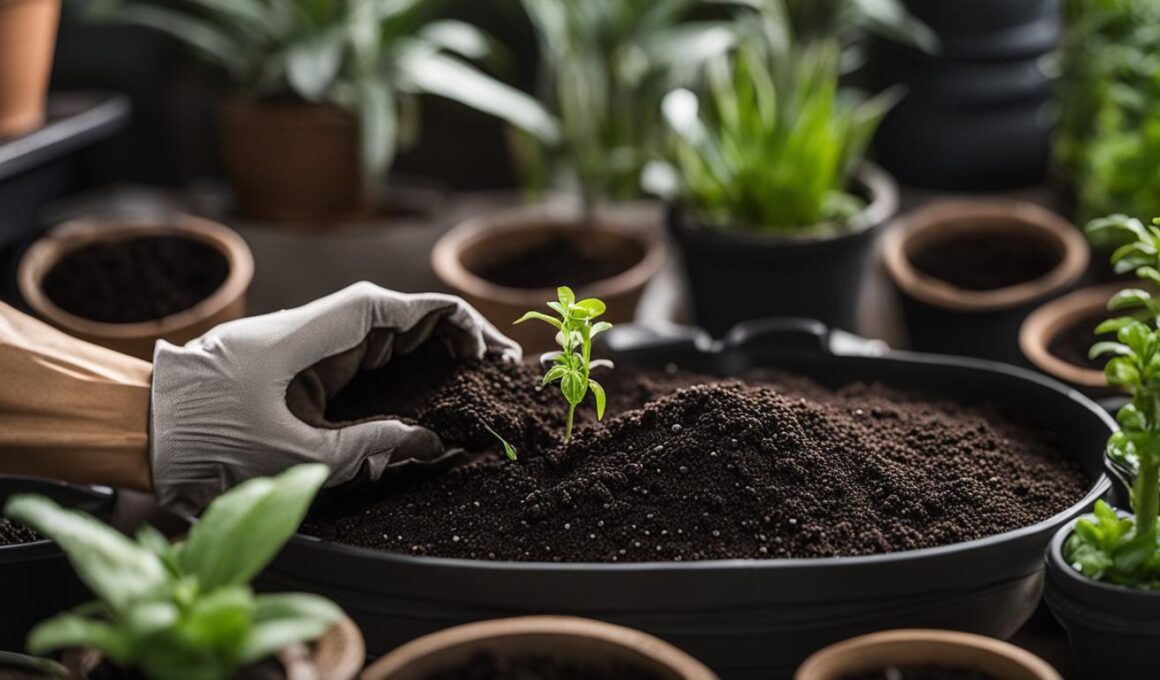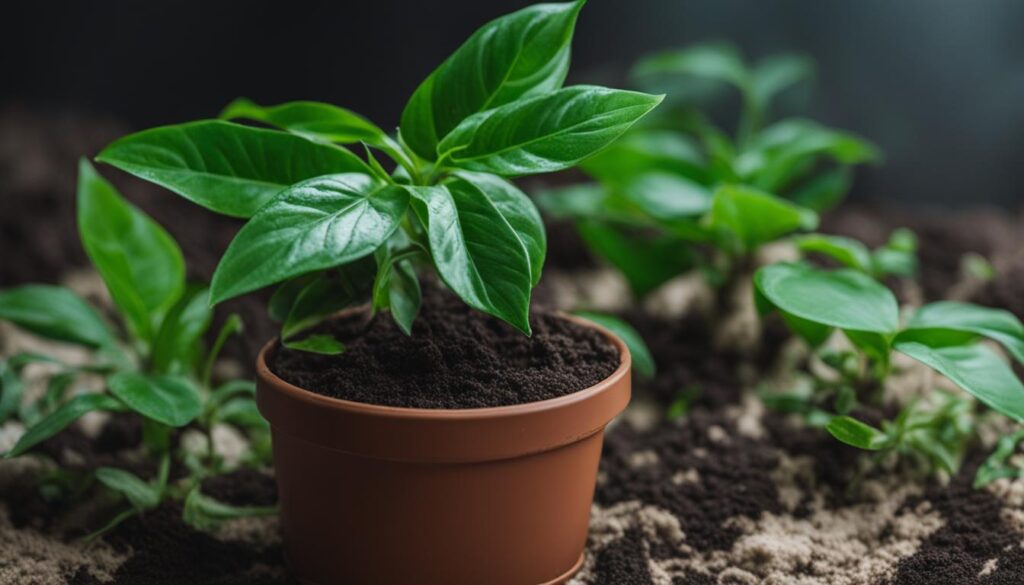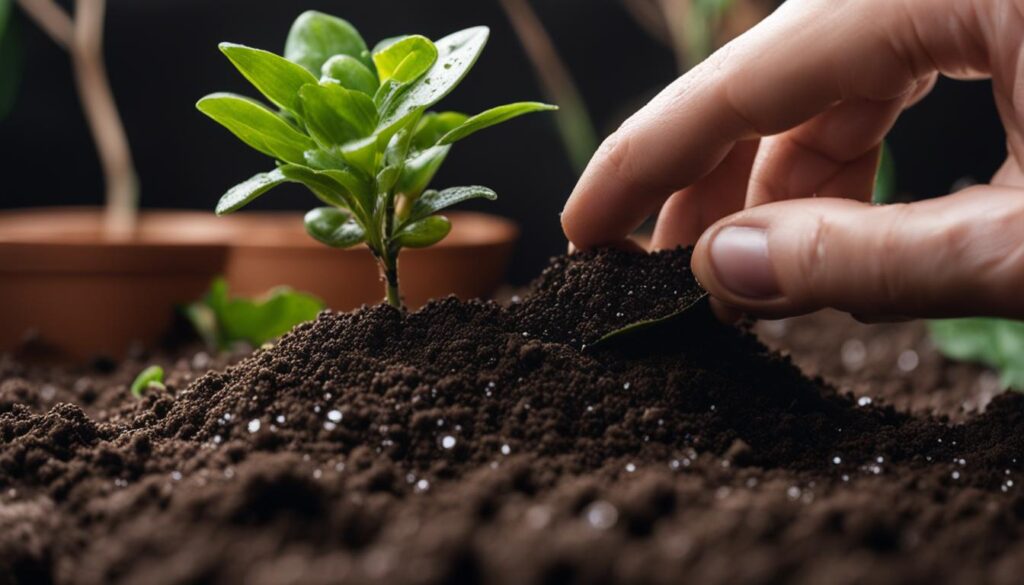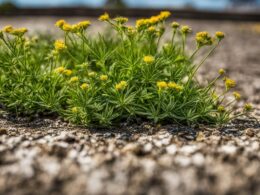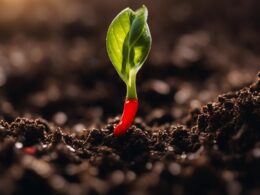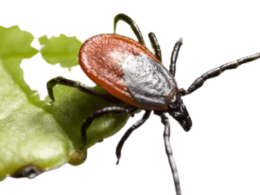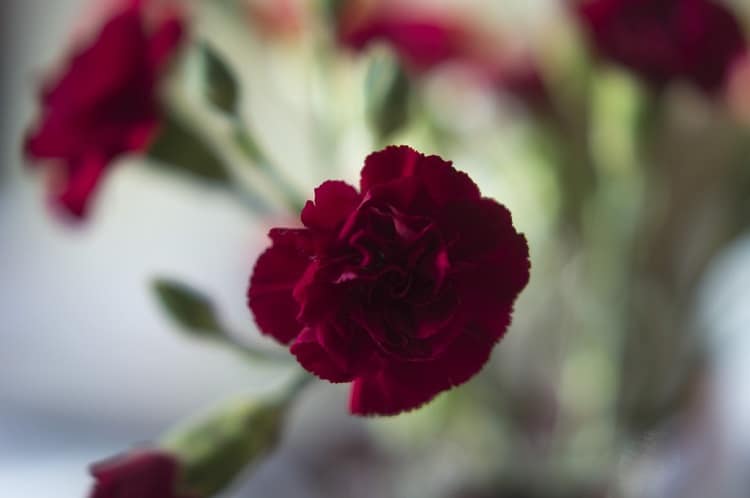Are you a gardener looking to achieve the perfect moisture balance for your plants? You may have heard of moisture control potting soil, but how does it actually work? Let’s explore the science behind this popular gardening solution.
Moisture control potting soil is specifically designed to help regulate the moisture levels in your plant’s root zone. It contains hydrogels, which are small polymer crystals that have the ability to absorb and hold water. These hydrogels act as reservoirs, retaining moisture from watering or rainfall and slowly releasing it back to the plant’s roots as needed.
When you water your plants, the hydrogels in the potting soil absorb the excess water, preventing it from draining away too quickly. As the soil dries out, the hydrogels release the stored moisture gradually, ensuring a steady supply for your plants without the risk of overwatering.
While moisture control potting soil may sound like the perfect solution, it’s important to note that there is some debate surrounding its effectiveness. Some gardeners argue that the hydrogels used in these soils may not effectively release moisture when needed, potentially leading to water deficiency in the plants despite the soil feeling wet.
Scott Sharkey, a professional grower, suggests considering alternative options. He recommends using a high-quality potting mix with a good amount of moisture control material, such as peat, which provides both moisture retention and proper drainage. This way, you can ensure your plants receive the right amount of water without the risk of overwatering or under-watering.
Post Summary:
- Moisture control potting soil contains hydrogels that absorb and hold water.
- The hydrogels slowly release moisture back to the plant’s roots as needed.
- There is some debate about the effectiveness of moisture control potting soil in providing proper moisture distribution.
- Consider using a high-quality potting mix with moisture control materials like peat for optimal moisture retention and drainage.
- Scott Sharkey advises against relying solely on moisture control potting soil and recommends a balanced approach.
The Drawbacks of Moisture Control Potting Soil
Moisture control potting soil may seem like a convenient option at first, but it is important to be aware of its drawbacks. One major issue with this type of soil is its tendency to hold onto moisture too tightly, which can lead to root rot. When the soil remains excessively moist, especially during wet weather, the roots of your plants can become deprived of the air they need, causing them to rot. Additionally, in hot weather, the excessive moisture in the soil can promote the growth of fungus, leading to root rot once again. These problems can significantly harm your plants, making moisture control potting soil a less desirable choice for gardeners.
Another drawback of moisture control potting soil is the lack of proper drainage. The soil’s ability to retain water can also mean that it retains excessive salts from fertilizers. Without adequate drainage, these salts can accumulate in the soil, causing damage to your plants or even death. The inability for moisture control soil to effectively release water back to the plant’s roots can result in a misleading wetness, as the container may feel damp even when the plant is suffering from a lack of moisture. This can cause confusion and frustration for gardeners who are relying on moisture control potting soil to keep their plants healthy.
In summary, the drawbacks of moisture control potting soil make it clear why many gardeners prefer to avoid using it. The potential for root rot, fungus growth, and salt accumulation due to inadequate drainage can harm your plants and hinder their growth. It is important to consider alternative options, such as using well-drained potting soil, to ensure proper moisture balance and promote healthy plant development.
Comparing Moisture Control Potting Soil and Well-Drained Potting Soil
| Aspects | Moisture Control Potting Soil | Well-Drained Potting Soil |
|---|---|---|
| Water Retention | High | Effective |
| Drainage | Poor | Good |
| Risk of Root Rot | High | Low |
| Salt Accumulation | High | Low |
The Importance of Well-Drained Potting Soil
To ensure the healthy growth of your plants, it is crucial to use well-drained potting soil. This type of soil offers numerous benefits and plays a significant role in maintaining the optimal moisture levels for your plants. Unlike moisture control potting soil, which can lead to problems like root rot, well-drained soil allows for proper air circulation and prevents waterlogging.
One of the key advantages of well-drained potting soil is its ability to reduce the risk of root rot. When the soil is not able to drain excess water effectively, the roots can become waterlogged, leading to rot and other health issues for the plant. By using well-drained soil, you can help ensure that the roots receive the right amount of water without being overwhelmed by excessive moisture.
Furthermore, well-drained potting soil allows for efficient water retention and drainage. This means that excess water, including liquid fertilizers, can properly drain out of the pot. This is important because if water and nutrients accumulate in the soil, it can result in a buildup of salts that can harm your plants. By using well-drained soil, you can prevent these salts from accumulating and protect the overall health of your plants.
The Benefits of Well-Drained Potting Soil:
- Prevents waterlogging and root rot
- Allows for proper air circulation
- Efficient water retention and drainage
- Prevents buildup of salts from fertilizers
Overall, well-drained potting soil is essential for maintaining the proper moisture balance for your plants. It promotes healthy root development, prevents water-related issues, and ensures efficient nutrient uptake. When selecting potting soil for your gardening needs, be sure to choose a high-quality mix that offers good drainage properties. Your plants will thank you for it!
Choosing the Right Potting Soil
When it comes to choosing the right potting soil for your plants, there are a few key factors to consider. By selecting the appropriate soil, you can provide your plants with the right balance of moisture, nutrients, and drainage they need for healthy growth. Here are some tips to help guide you in making the best choice.
1. Consider the needs of your plants
Different plants have different soil requirements. Some prefer moisture-retentive soil, while others thrive in well-drained soil. Research the specific needs of the plants you intend to grow and choose a potting soil that aligns with those requirements. For example, if you’re growing succulents that prefer well-drained soil, opt for a mix that contains materials like perlite or vermiculite to promote proper drainage.
2. Look for quality ingredients
When purchasing potting soil, it’s important to choose a high-quality product. Look for potting mixes that contain organic matter such as peat or compost, as these materials provide essential nutrients to plants. Additionally, consider the presence of beneficial additives like mycorrhizal fungi, which can enhance nutrient uptake and improve overall plant health.
3. Seek guidance from experts
If you’re unsure about which potting soil to choose, seek advice from knowledgeable professionals at your local garden center. They can provide recommendations based on your specific needs and the plants you plan to grow. Their expertise can help ensure that you select the right soil or potting mix for optimal plant growth and success.
By taking the time to choose the right potting soil for your plants, you can create an environment that supports their health and vitality. Whether you’re growing herbs on a windowsill or cultivating a colorful array of flowers in containers, selecting the appropriate soil is a crucial step towards gardening success.
Conclusion
In conclusion, when it comes to moisture control potting soil, it’s important to weigh the pros and cons. While these soils may appear to offer convenience, their effectiveness in delivering proper moisture to plant roots can be questionable. The use of hydrogels in these soils can result in uneven water distribution and potential harm to your plants.
Instead, opting for well-drained potting soil is a more reliable choice. Well-drained soil promotes proper air circulation, prevents waterlogging, and reduces the risk of root rot. It also allows for efficient water retention and drainage, ensuring a healthy growing environment for your plants.
When selecting potting soil, consider purchasing from a reputable garden center. Their knowledgeable staff can guide you in choosing the right soil or potting mix for your specific needs. It’s also beneficial to research and read reviews from other gardeners to make an informed decision.
In the end, prioritizing the health and growth of your plants means selecting the right potting soil. By choosing well-drained soil and understanding the specific needs of your plants, you can create an ideal environment for them to thrive.
Can Moisture Control Potting Soil Harm Cats as Well?
It’s crucial to keep potting mix away from cats, as it can harm them if ingested. The ingredients in potting mix, such as fertilizers and pesticides, can be toxic to cats. Additionally, the moisture control in potting soil can create an appealing environment for cats to dig in, potentially causing harm if they consume it.
FAQ
How does moisture control potting soil work?
Moisture control potting soil contains hydrogels, small polymer crystals that absorb water. However, these hydrogels do not effectively release the moisture back to the plant’s roots, resulting in a lack of moisture for the plant.
What are the drawbacks of moisture control potting soil?
Moisture control potting soil tends to hold onto moisture too tightly, leading to root rot. It can also promote the growth of fungus and result in the accumulation of excessive salts from fertilizers, causing plant damage or death.
Why is well-drained potting soil important?
Well-drained potting soil allows for proper air circulation and prevents waterlogging, reducing the risk of root rot. It also ensures that excess water can properly drain out of the pot, preventing a buildup of salts that can harm plants.
How do I choose the right potting soil?
Avoid moisture control soils if you want a well-drained option. Look for potting mixes that contain materials like peat, perlite, or vermiculite, as these components help with moisture retention and drainage. Purchase potting soil from a reputable garden center and consider the specific needs of your plants.





